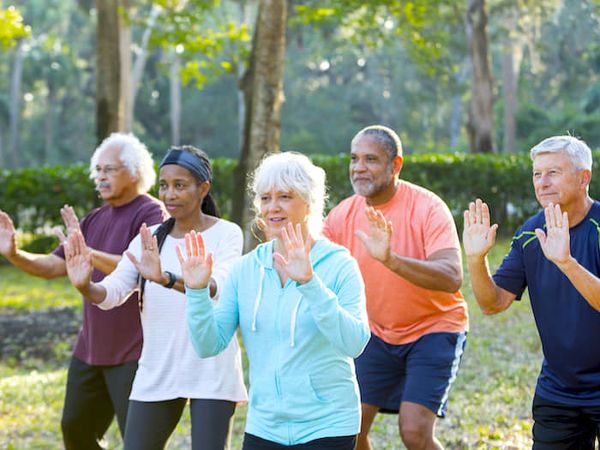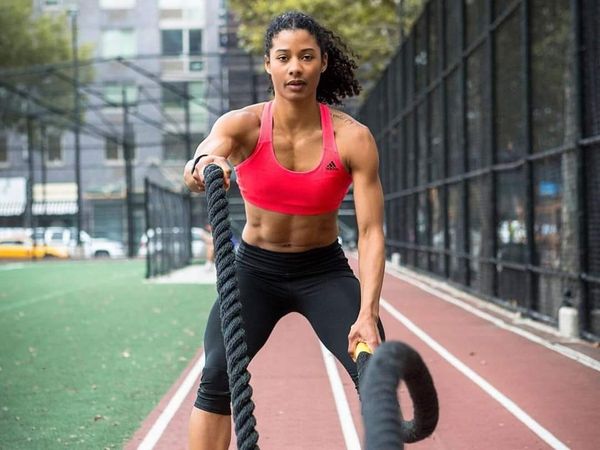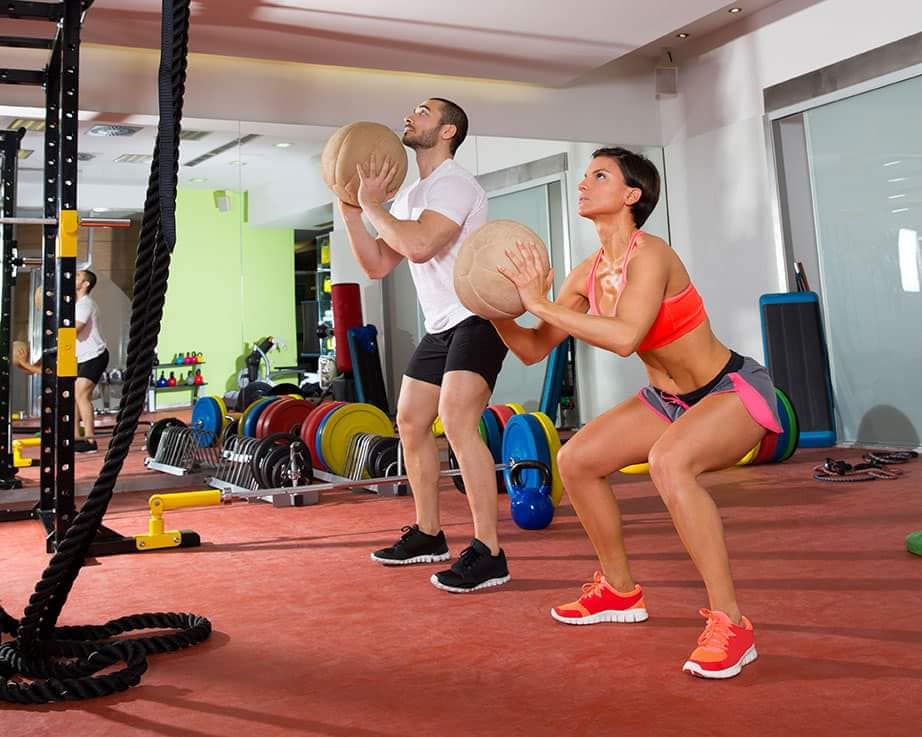


- Hire an expert
- Research
- Sports-specific training
- CROSS TRAINING
Cross-training is training in sports other than the athlete’s sport. For example if you are a runner, you might add an activity (hiking, walking, cycling, swimming, aqua jogging, rowing, rollerblading, cross-country skiing, lifting weights, yoga, Pilates, dancing, martial arts, boxing, elliptical trainers or stair steppers) to your workout routine.
The key to getting the most out of cross-training is to think about your exercise goals and what kind of side sessions will complement them. It’s all about pairing workouts that will support each other.
It might be mixing yoga into your triathlon training schedule or adding swim sessions between your favorite boot camp classes. A solid cross training program incorporates elements of strength, cardio, endurance, and flexibility.
BENEFITS:
- it makes you more well rounded by using muscles you may not typically use in ways you would not typically use them
- it helps alleviate boredom
- active recovery (which means you can continue to workout while giving your primary muscles a chance to rest and recover)
- it keeps you fit when rehabbing
- it makes you more agile and nimble
- it helps prevent injury. Athletes who specialize in one sport had an 85% higher chance of getting injuries than those who did multiple activities, according to 2017 research from the University of Wisconsin. That’s a big difference! Cross-training helps prevent injury during your sport should you move in a way that is unexpected, or from an overuse injury of a muscle group moving repetitively in the same way.
Sources: Active Lifestyle, Fitness Nation, aarp, verywellfit, Wikipedia, women’s health
#innerathlete#healthyamerica#innerathleteus#lessonslearned#BecomingYourBest
